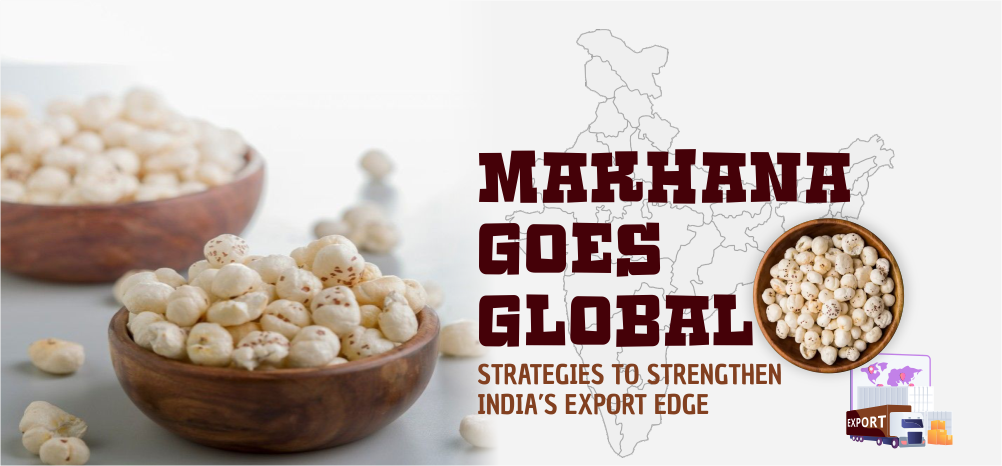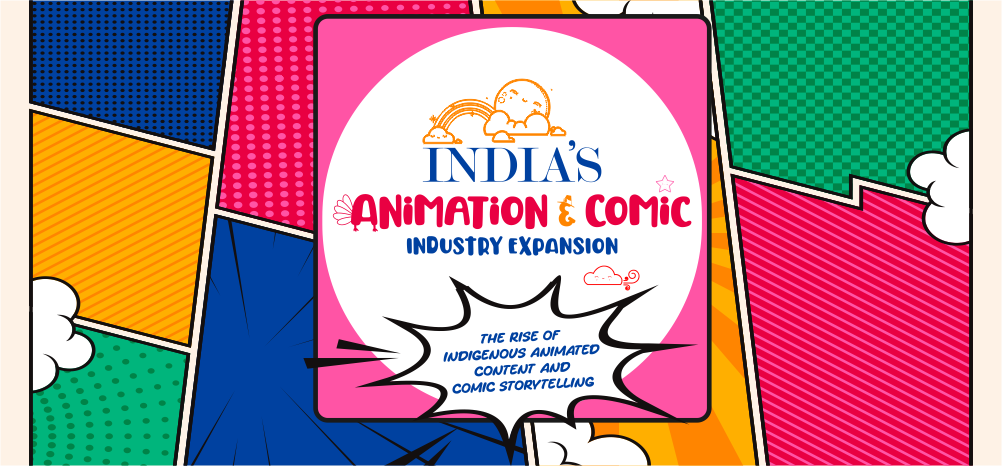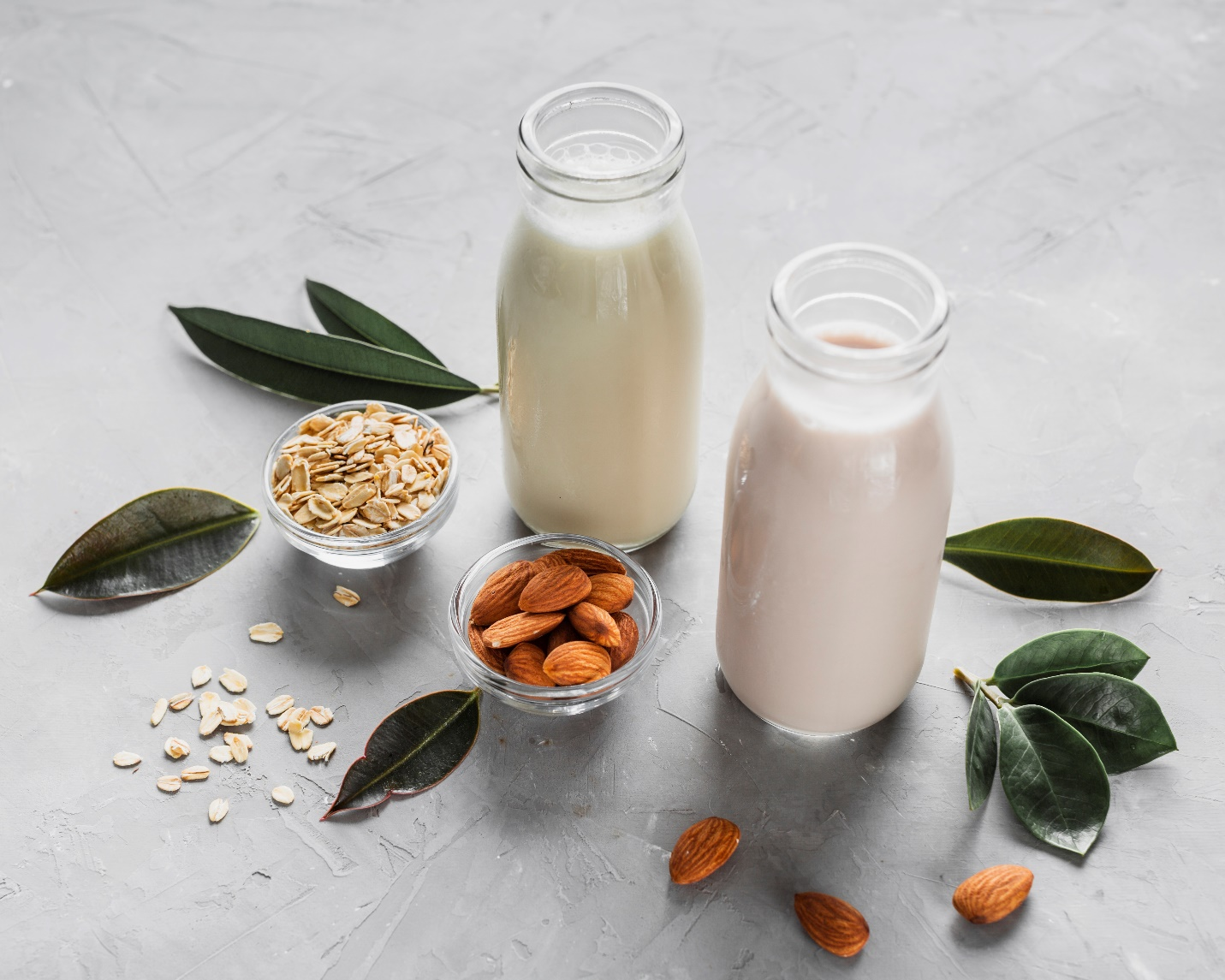The packaging industry in India has emerged as a key driver of innovation and value creation across manufacturing sectors, particularly in FMCG, agriculture, and food processing. As of September 2024, India became the third-largest packaging market globally, surpassing Japan, with the industry exceeding Rs. 7,36,246 crore (US$ 86 billion). Packaging now ranks as the fifth-largest sector of the Indian economy, expanding rapidly at 22-25% annually. This growth is fuelled by rising middle-class consumption, the boom in e-commerce, improvements in supply chains, and an increasing emphasis on food safety and quality.
Paper and paperboard form the backbone of India’s packaging ecosystem. In 2024-25, the domestic paper market was estimated at 23.84 million tonnes, growing at nearly 6% annually. Packaging paper and paperboard accounted for 15.54 million tonnes, led by kraft paper and high-grade board. Tissue registered the fastest growth, while newsprint continued to decline. India currently has around 850 paper mills producing 25 million tonnes annually, with production expected to reach 35 million tonnes by FY30. Installed capacity utilization is high at 95%, with domestic sales dominating consumption and exports crossing 0.49 million tonnes in 2024-25. However, to meet quality-specific requirements, India continues to import specialty paper and high-grade board, with imports rising to 2,778.40 thousand tonnes in 2024-25.
A notable feature of India’s paper industry is its reliance on sustainable raw materials. Around 74-76% of production in 2024-25 came from recovered paper and recycled fibre, 18-20% from wood and bamboo, and 6-8% from agro residues like bagasse and wheat straw. This shift aligns with the country’s growing green packaging market, projected to expand at a CAGR of 7.24% during 2023-28.
Technology adoption is also shaping the sector. Smart packaging solutions, including RFID, NFC, and QR codes, are increasingly being used to enhance product authentication and supply chain efficiency. Flexible packaging, driven by strong demand from the FMCG sector, is expected to expand by Rs. 1,35,642 crore (US$ 15.6 billion) during 2024-28, growing at a CAGR of 12.7%.
India’s packaging sector is also highly entrepreneurial, with over 22,000 packaging units, of which 85% are small and medium enterprises. The government’s supportive policies, including 100% FDI under the automatic route, are further boosting growth. Cumulative FDI inflows in the paper and pulp sector stood at Rs. 10,159.90 crore (US$ 1.74 billion) between April 2000 and March 2025. The Union Budget 2025-26, with its focus on manufacturing and MSMEs, is expected to further lift demand for packaging and allied materials across industries.
February 2025 - Tetra Pak: Introduced packaging with 5% ISCC PLUS certified recycled polymers, aligning with April 2025 plastic-waste compliance rules.
January 2025 - Huhtamaki India: Hosted 2nd Think Circle forum with CII to accelerate design-for-recycling standards for flexible packaging.
January 2025 - Canpac Trends: Acquired Saptagiri Packagings, adding blister-backer cards and a Silvassa plant to strengthen western-India operations.
December 2024 - JK Paper: Merged Horizon Packs, Securipax Packaging, and JKPL Utility Packaging; acquired Radhesham Wellpack to expand corrugated packaging capacity.
In May 2024, Andhra Paper Ltd. signed a Rs. 125 crore (US$ 14.4 million) deal with Sweden’s Valmet AB for a tissue paper production line, following its Rs. 270 crore (US$ 31.1 million) investment approval for a 100-ton daily capacity machine at its Andhra Pradesh facility.
Oji India Packaging Pvt Ltd inaugurated its fifth facility in the country at Sri City in Andhra Pradesh. The factory will produce corrugated boxes and packaging accessories and employ approximately 300 people in the region.
SIG, a Swiss based packaging company, laid the foundation of first aseptic carton packs in Ahmedabad in 2023 and plan to invest a sum of Rs. 880 crores (US$ 106.02 million) over the period of 2023-2025, with additional US$ 50 million committed for Phase 2 by 2027.
As the packaging industry stands as the fifth largest industry in India, the government plans to adopt several initiatives that focus on the sustainability manufacturing methods, minimizing of plastic packaging and adoption of sustainable material for the packaging industry.
The Food and Grocery market contributes almost 70% of the total retail sales. Departmental retail stores in the urban food market and unit packaging n in the rural food markets are key drivers of flexible packaging in the country.
In January 2024, Rigid plastic packaging solutions provider Mold-Tek Packaging Ltd (MTPL) opened three manufacturing facilities in Cheyyar (Tamil Nadu), Sultanpur (Telangana), and Panipat (Haryana). The facilities will increase the business’ capacity to 5,500 tons annually, bringing the overall capacity to 54,000 tons annually by FY25. The company invested about Rs. 100 crore (US$ 11.5 million) in these units.
February 2023: Cosmetics and hair care brand Revlon developed a new package for its 'Top Speed' hair color range exclusively for the Indian market. The brand unveiled a new visual identity for products across India in the coming years.
India’s paper and packaging industry is poised for strong growth, supported by rising urbanisation, e-commerce expansion, and increasing demand from food processing and FMCG sectors. Sustainability is becoming a key driver, with recycled fibre already accounting for nearly three-fourths of paper production and the green packaging market projected to grow at 7.24% CAGR through 2023-2028. Government support through Make in India, MSME-focused budgetary measures, and 100% FDI are spurring investment, while innovations such as smart packaging with RFID and QR codes are enhancing efficiency and consumer engagement. Despite challenges like raw material volatility and import dependence for specialty paper, India’s emergence as the world’s third-largest packaging market underlines its potential as a global growth hub.












